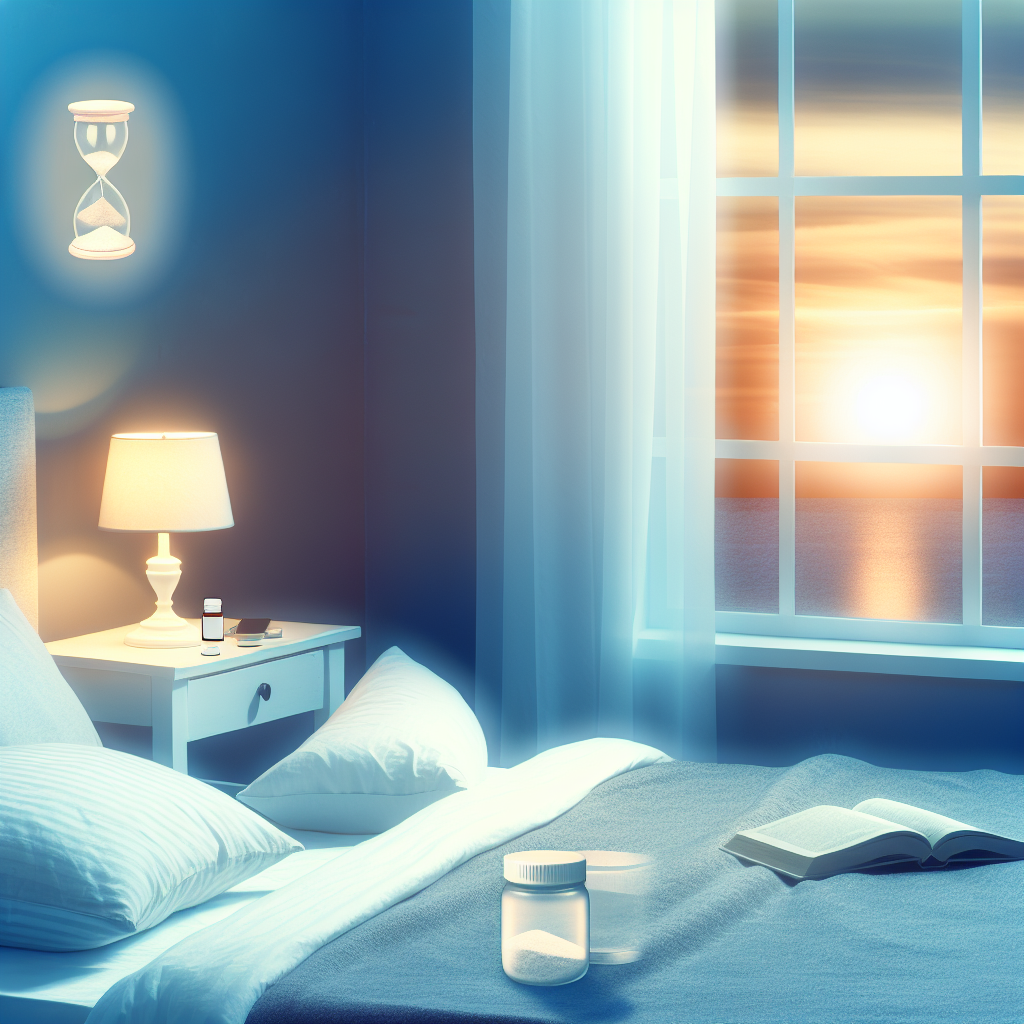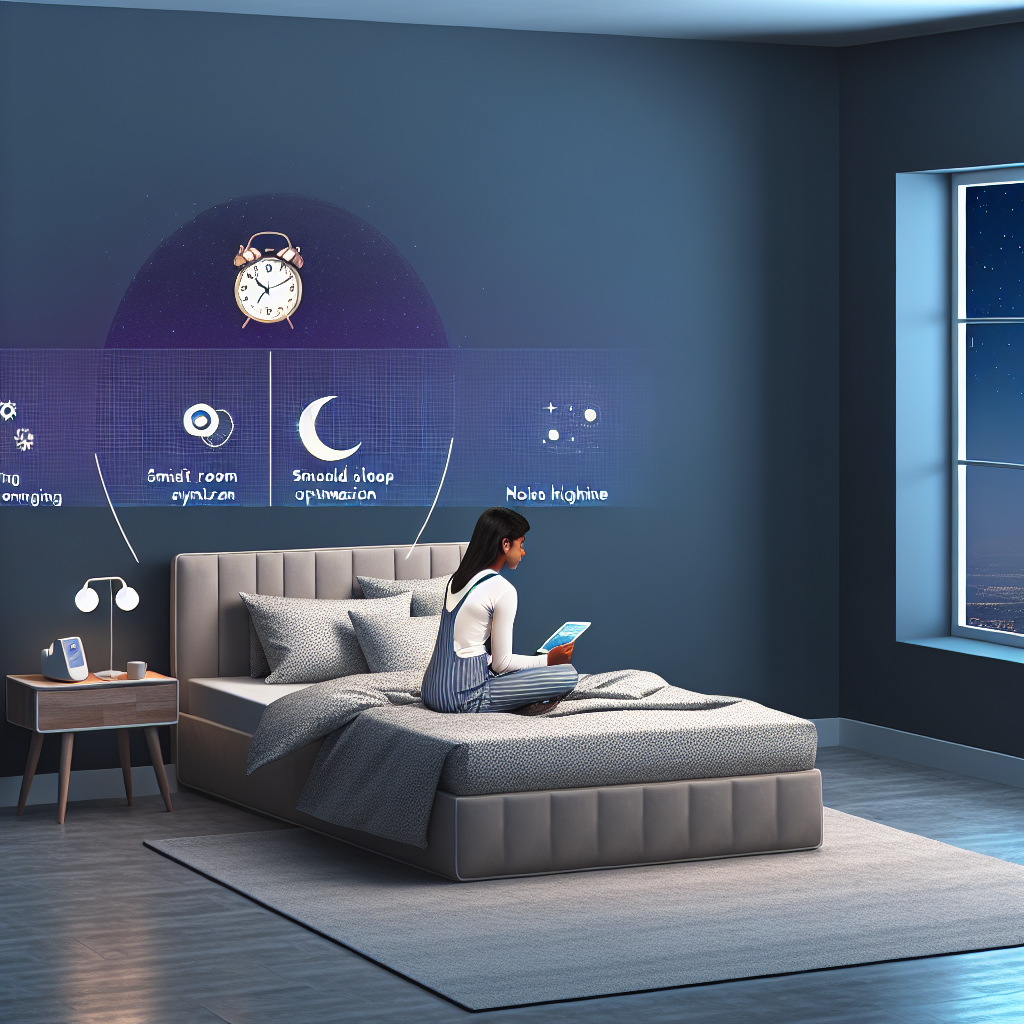Barometric Sleep Chambers: Atmospheric Pressure Modulation for Weather-Sensitive Individuals
Introduction
Weather changes affect many individuals, often in ways they might not immediately recognize. For some, shifts in barometric pressure cause joint pain and migraines, while others experience disturbances in their sleep patterns. Weather sensitivity—particularly barometric sensitivity—can contribute to disrupted circadian rhythms, increased restlessness, and poor sleep quality.
Barometric sleep chambers—specialized environments designed to moderate atmospheric pressure—are gaining traction as a solution to counteract these sleep disturbances. These chambers work by creating a controlled environment that stabilizes air pressure, reducing the fluctuations that can negatively affect sleep. This technology holds promise for providing tailored relief, allowing weather-sensitive individuals to rest more peacefully without being subjected to pressure-induced discomfort.
The Science Behind Barometric Pressure and Sleep
Several medical studies and scientific principles support the role of atmospheric pressure in sleep regulation. Research has demonstrated that fluctuations in barometric pressure can affect sleep duration, onset, and quality, particularly in individuals sensitive to environmental changes.
Barometric Pressure and Sleep Disruptions
Studies have shown that rapid drops in atmospheric pressure can increase the incidence of migraines and joint pain, both of which impact sleep.
Effects of Atmospheric Pressure on the Autonomic Nervous System
The autonomic nervous system (ANS) plays a vital role in regulating sleep, and atmospheric pressure shifts have been shown to influence heart rate variability and overall sleep stability.
Hyperbaric Oxygen Therapy and Sleep Improvement
Research suggests that controlled atmospheric environments can significantly impact sleep health. A study discovered that hyperbaric oxygen therapy (HBOT) influenced sleep efficiency and reduced sleep-onset latency in patients with neurological conditions.
Weather Sensitivity and Sleep Patterns
Another clinical study examined how weather-related variables, including temperature and barometric pressure, influence sleep in individuals with chronic pain syndromes.
How Barometric Sleep Chambers Enhance Sleep Quality
Barometric sleep chambers are designed to create a controlled atmospheric environment that minimizes the negative effects of pressure fluctuations. By regulating air pressure, these chambers offer a stable environment for individuals who experience pain or sleep disturbances due to weather changes.
1. Stabilizing Atmospheric Pressure
One of the core functions of barometric sleep chambers is maintaining consistent atmospheric pressure throughout the night.
2. Improving Oxygen Absorption
A controlled sleep environment may enhance oxygenation, promoting deeper sleep and allowing the body to recover more effectively.
3. Alleviating Pain-Related Sleep Interruptions
For people with chronic pain conditions that worsen due to barometric changes, sleeping in a stable-pressure environment may reduce flare-ups and nighttime discomfort.
4. Supporting Respiratory Health
Those with respiratory conditions such as asthma or COPD often experience exacerbated symptoms during weather fluctuations. A pressure-controlled space may help regulate breathing patterns and ensure a more restful sleep experience.
Conclusion: A Promising Future for Barometric Sleep Chambers
Barometric sleep chambers represent a promising advancement in sleep health, particularly for individuals vulnerable to atmospheric pressure fluctuations. By offering a controlled atmosphere, these chambers can help mitigate sleep disruption, improve restorative rest, and benefit those struggling with barometric sensitivities.
As further studies validate their potential, barometric sleep chambers could become a mainstream solution for those affected by weather changes. Investing in such technology could pave the way for a future where personalized sleep environments are a norm rather than a luxury.
## Summary
Barometric sleep chambers are specialized environments designed to moderate atmospheric pressure and provide a stable sleeping environment for individuals sensitive to weather changes. Research has shown that fluctuations in barometric pressure can disrupt sleep, contribute to pain, and impact the autonomic nervous system. By stabilizing the air pressure, these chambers can help mitigate sleep disturbances, improve oxygen absorption, and support respiratory health for those with conditions like migraines, fibromyalgia, and COPD. As more studies validate their potential, barometric sleep chambers could become a mainstream solution for weather-sensitive individuals, offering personalized sleep environments that promote better rest and overall well-being.
## References
– [Cephalalgia Journal – The Journal of the International Headache Society](https://journals.sagepub.com/home/cep)
– [Frontiers in Physiology – Study on High-Altitude and its Effects on Sleep and Heart Rate](https://www.frontiersin.org/journals/physiology)
– [Neurobiology of Sleep and Circadian Rhythms – Hyperbaric Oxygen Therapy and Sleep](https://www.sciencedirect.com/journal/neurobiology-of-sleep-and-circadian-rhythms)
– [Sleep Medicine Reviews – Weather Sensitivity and Sleep](https://www.journals.elsevier.com/sleep-medicine-reviews)

Dominic E. is a passionate filmmaker navigating the exciting intersection of art and science. By day, he delves into the complexities of the human body as a full-time medical writer, meticulously translating intricate medical concepts into accessible and engaging narratives. By night, he explores the boundless realm of cinematic storytelling, crafting narratives that evoke emotion and challenge perspectives.
Film Student and Full-time Medical Writer for ContentVendor.com




